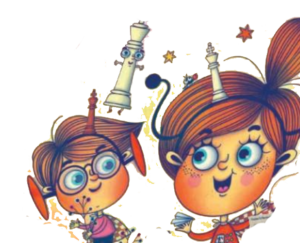Title: too big too small
all are equal to all
no matter sort or tall
1st Grade Maths-Chapter 12
Compering the numbers- the symbols +, =, > and < (Greek educational system)
Go to the lesson
|
|
Materials for the lessonA4 papers |
Layout of the classroom
The desks formed in a circle so the children that will be sitting, to face the centre of a large circle. |
|
1st Phase
The children draw on A4 papers the numbers 1 to 10 and hang them on their chest or on their back.There are 4 extra children (or more children depending on the action the teacher needs) that are outside the circle ( like a joker in a card game) and have on them the symbols + = < >They divide in two groups. The “observers” and the “players”. The players go in the middle of the circle. The “observers” sit at the desks around the action area that is like an arena. |
|
|
|
2nd Phase
The “players” move up and down to shuffle the numbers upon them. The teacher’s bell sounds and everyone freezes.
|
|
|
3d Phase
With the same procedure the “+” symbol enters the space. With the announcements of the teacher and the intervenient of the children, there can be more complicated combinations
|
|
|
4th Phase
The teams exchange roles and the same process is repeated. Now the “observers” stay in the middle as “players” and the ex “players” sit around as “observers” . |


 SmartOWL
SmartOWL